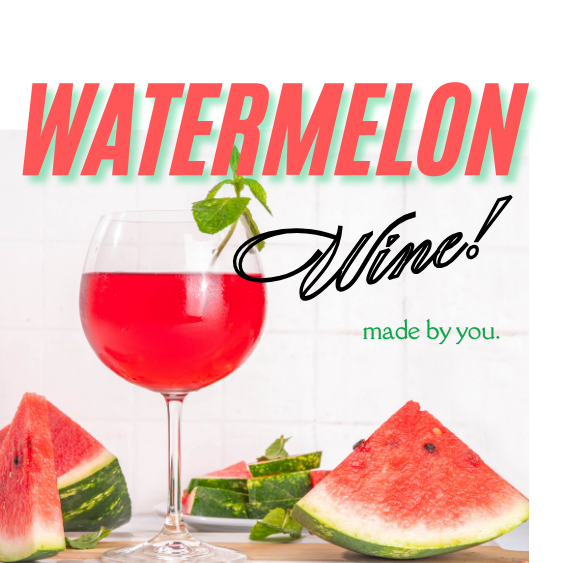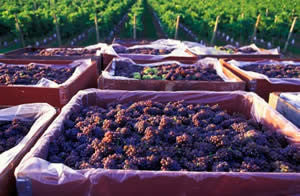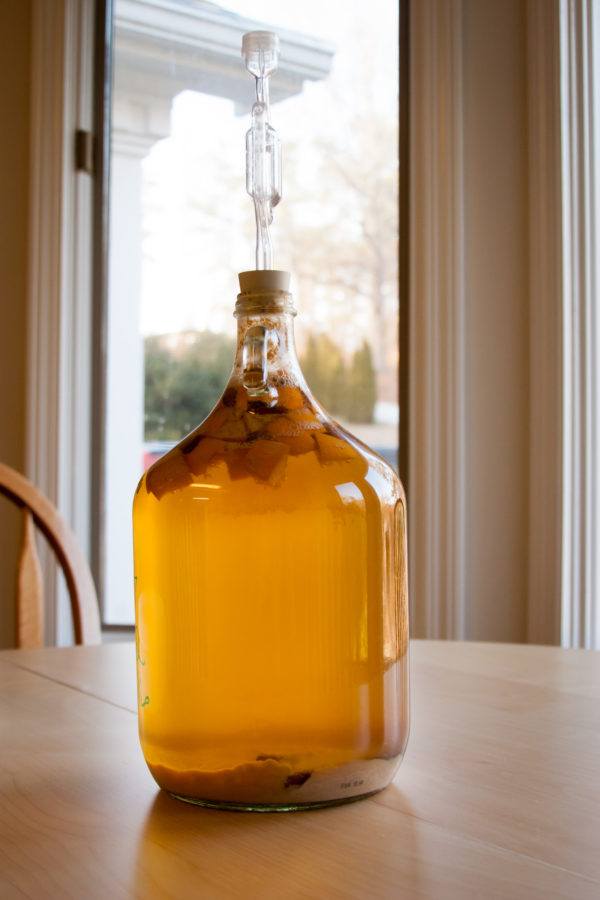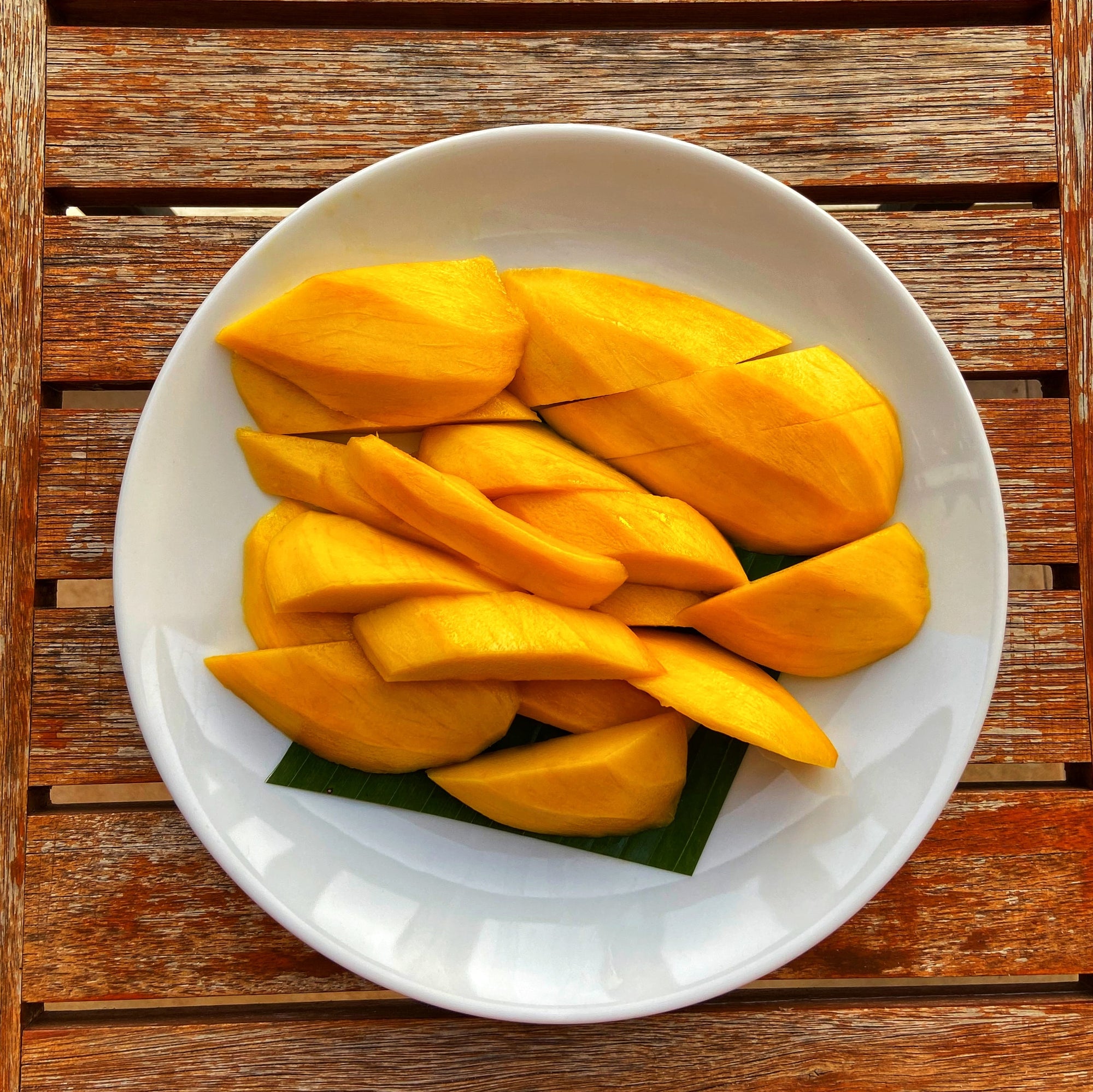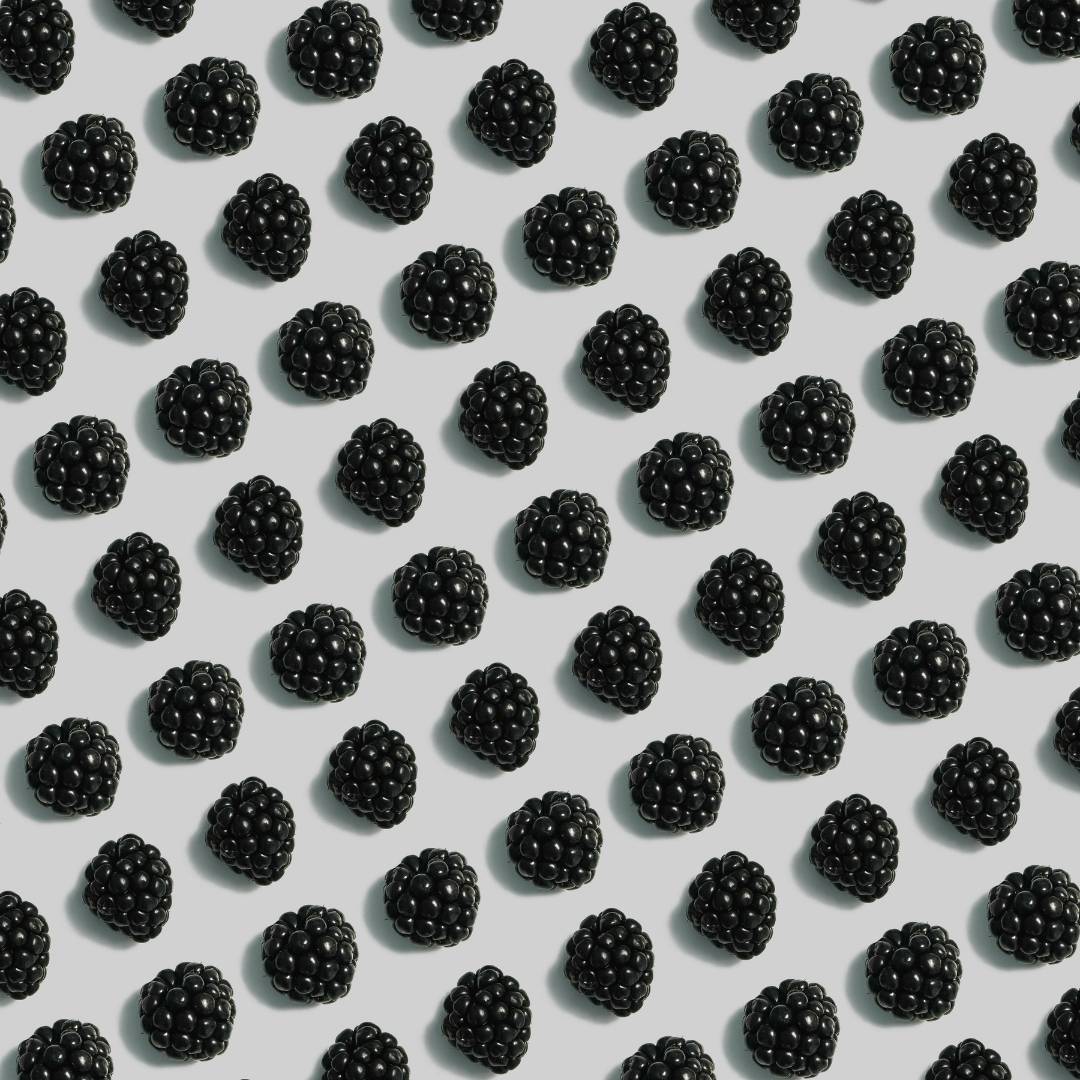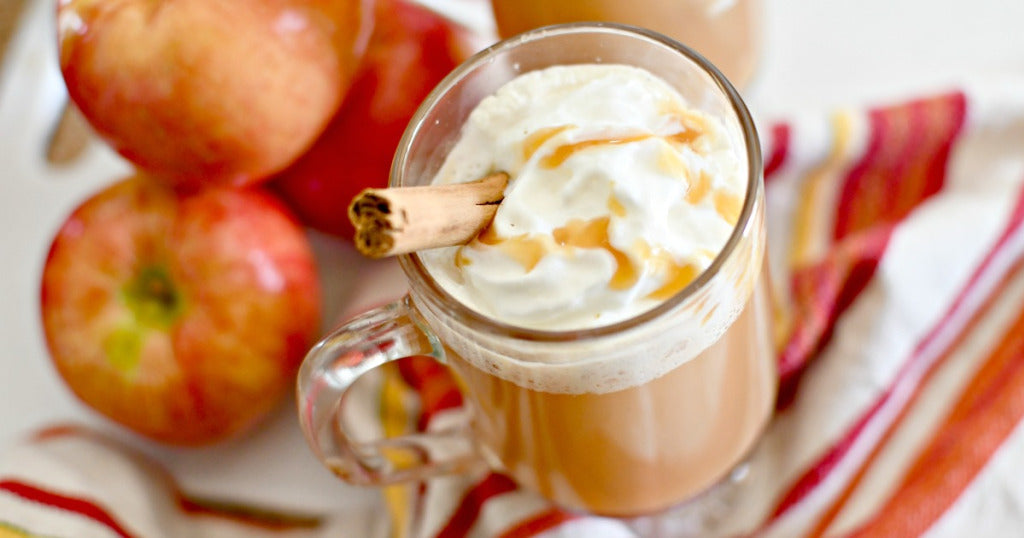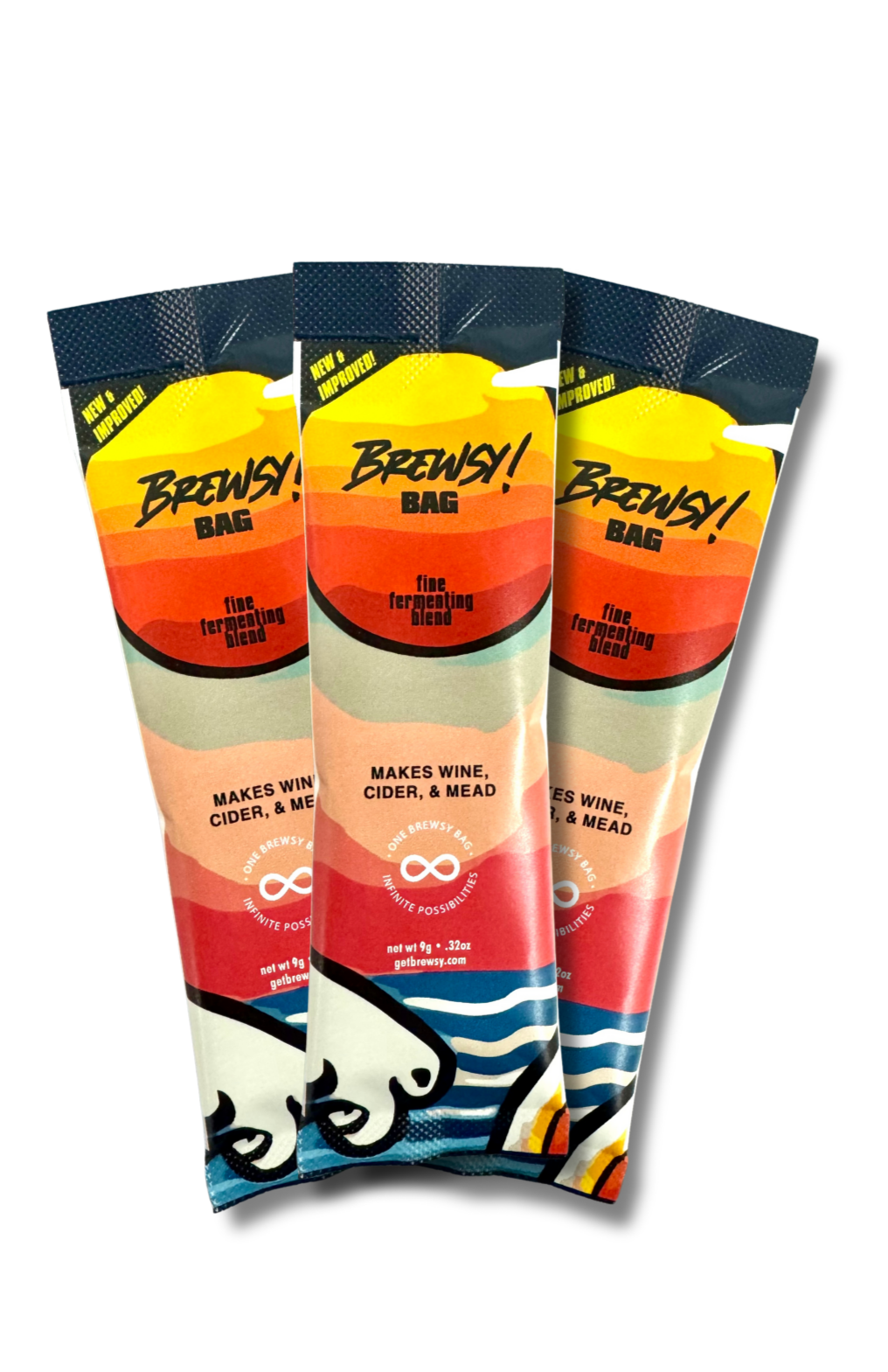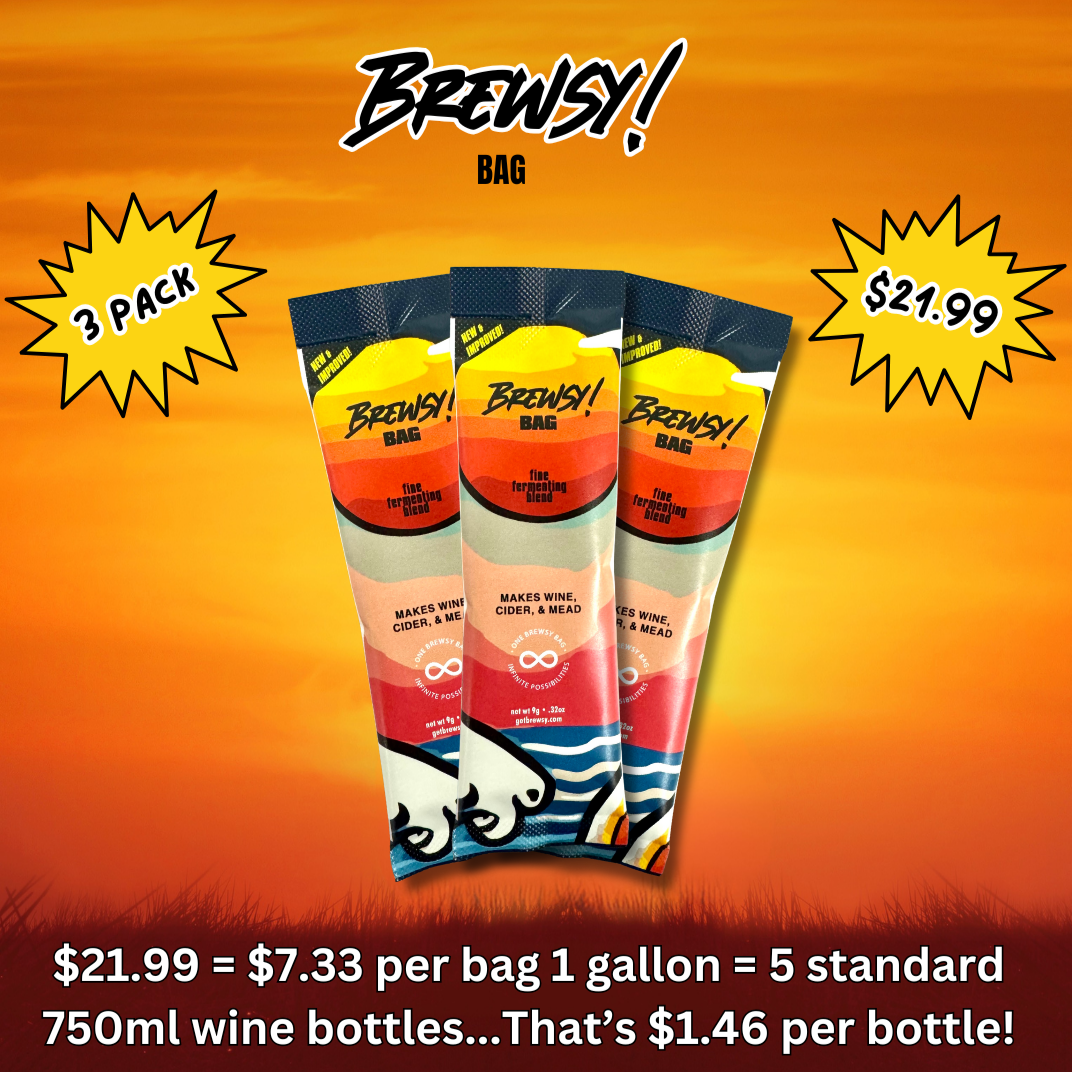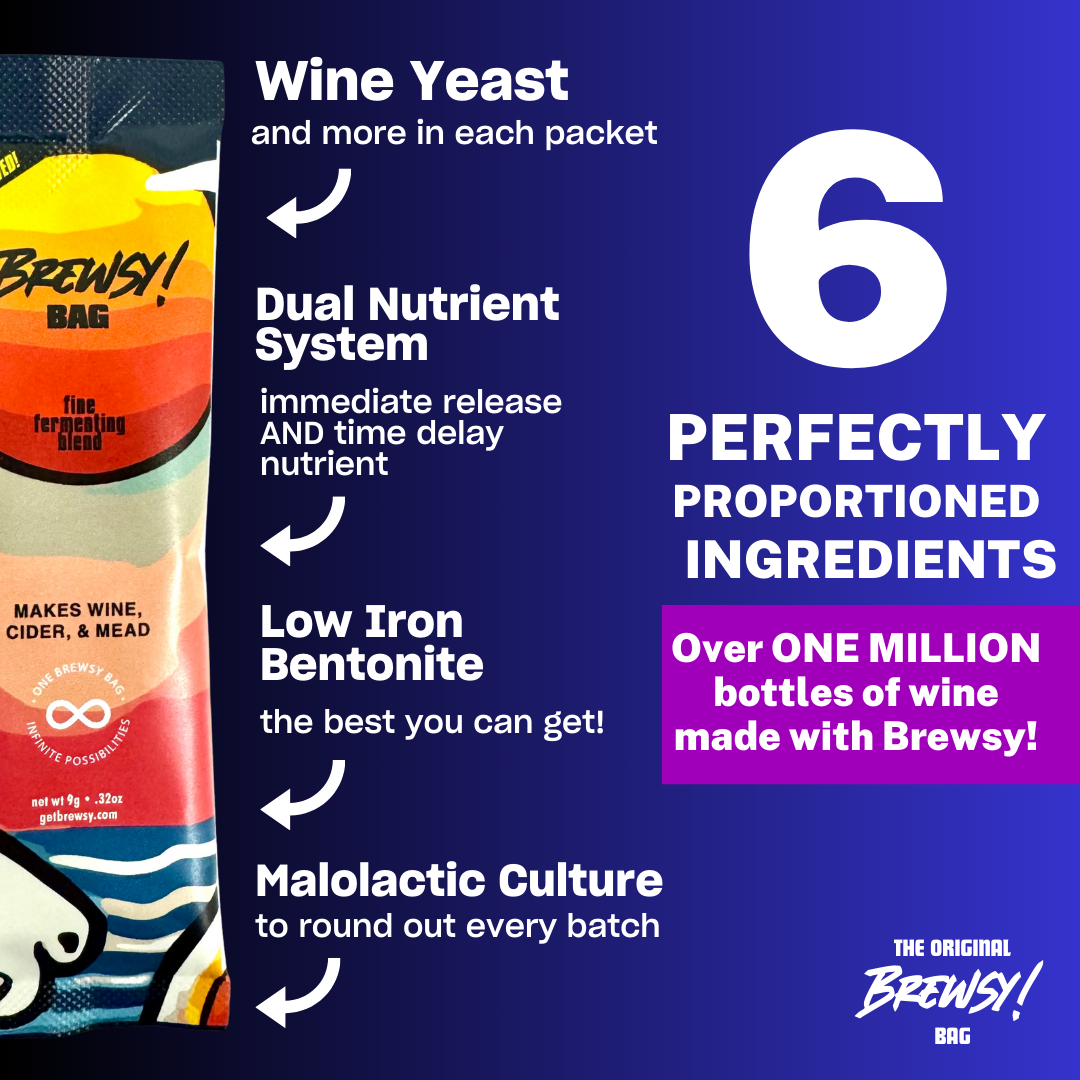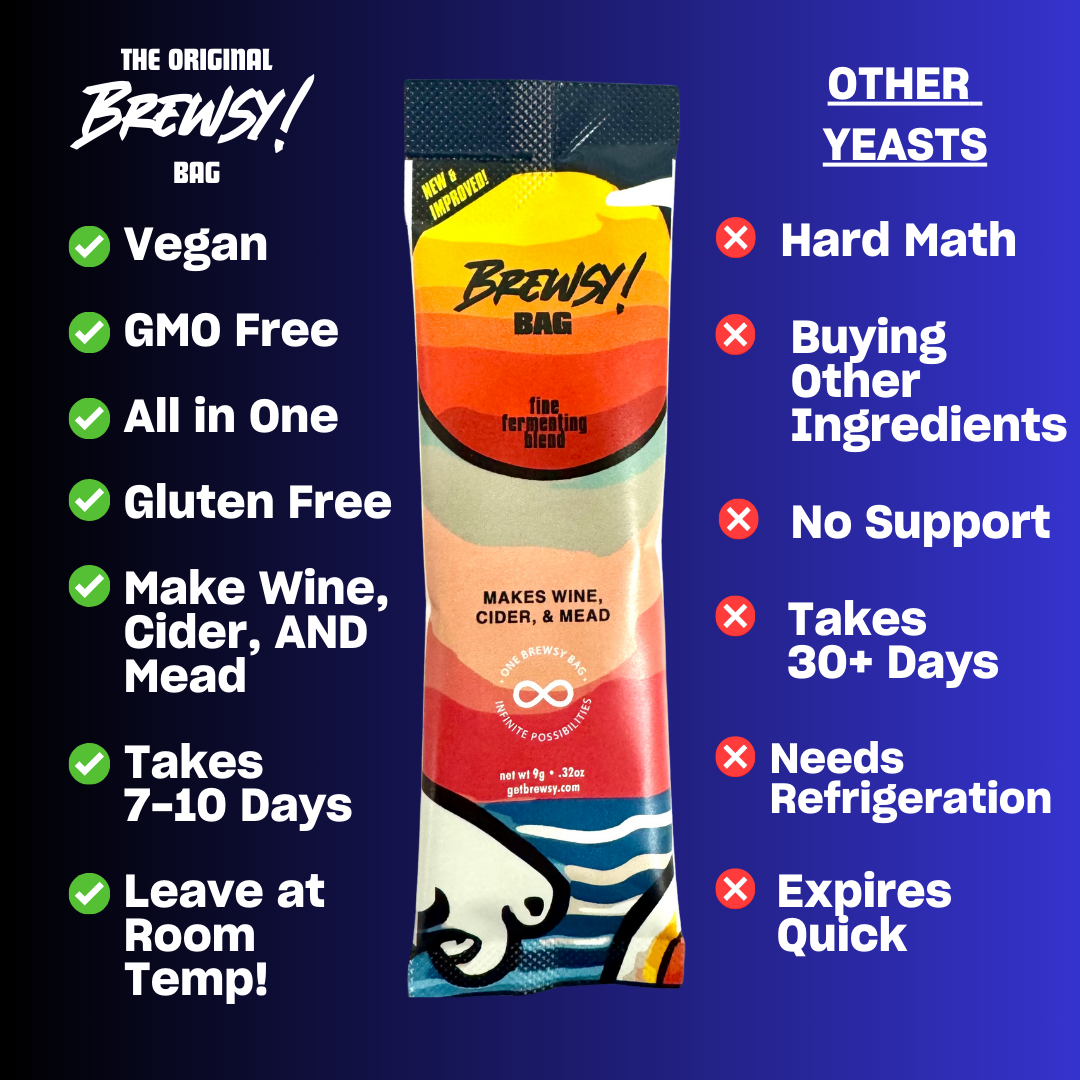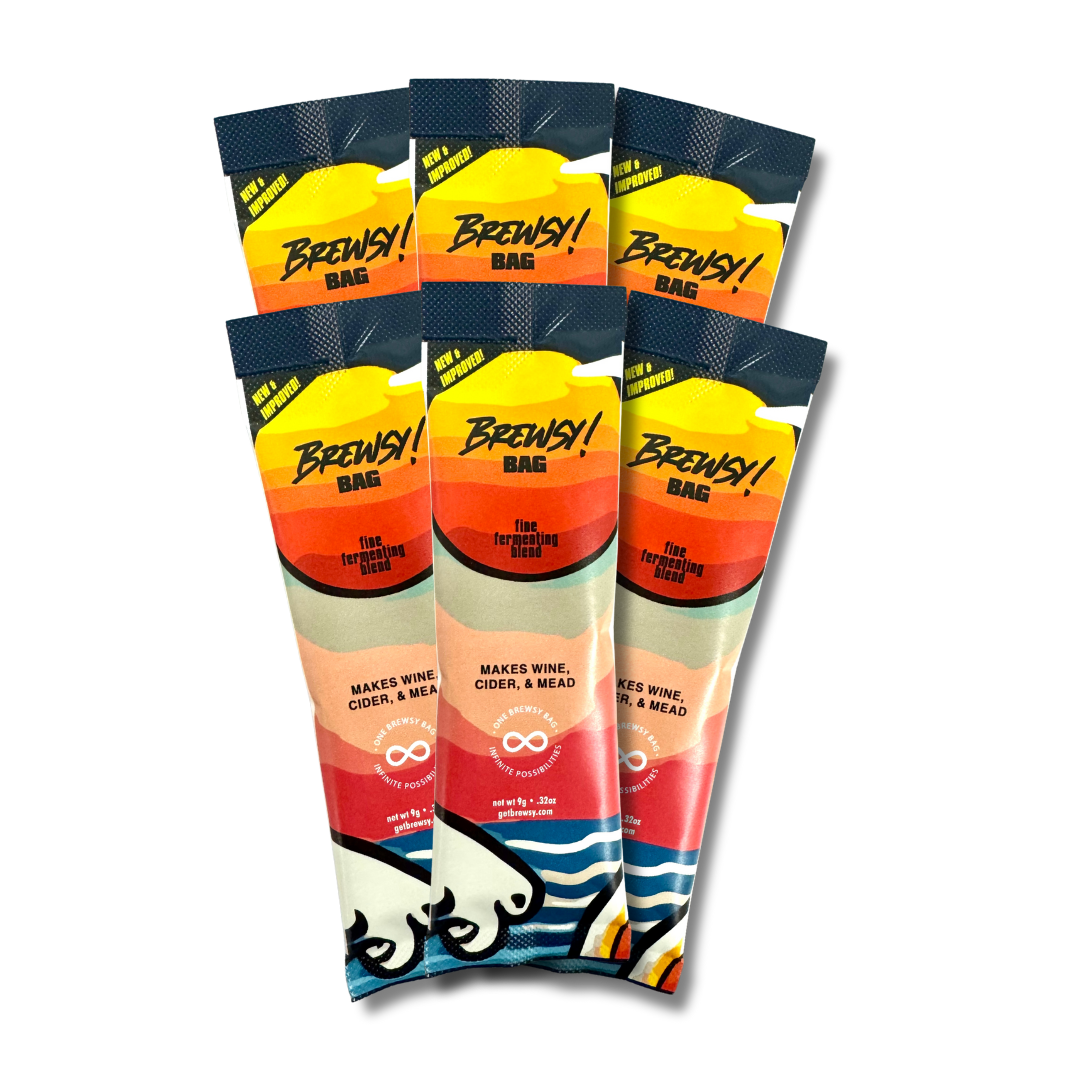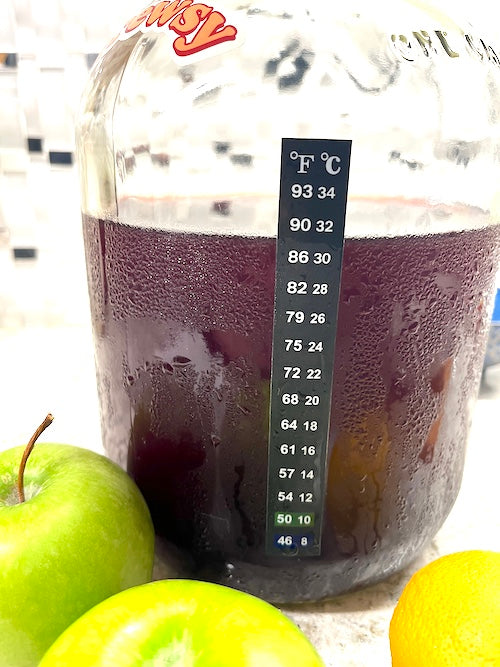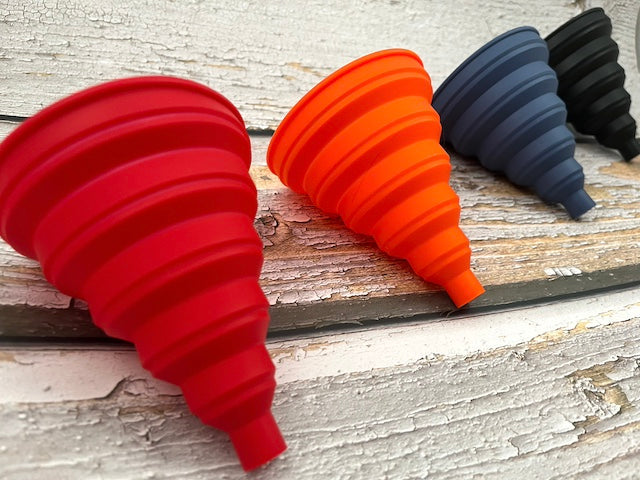
What Is a Wine Bouquet?
What Is a Wine Bouquet?
Whether you have made your own wine, bought one from a shop, or ordered one from a restaurant, you may have noticed a wine to have smells that would or would not normally be attributed to that wine, and this is called a wine bouquet.
Wine bouquets are a series of aromas found in any given wine. Once a wine has finished the process of winemaking, that is from grape-crushing to fermentation to clearing and bottling, it will have what is called the primary aromas. The primary aromas are, in short, aromas that are naturally derived from the grape or fruit used to make a wine.
Primary aromas tend to be descriptive of the actual wine such as having qualities of fruity, citrusy, or herbal smells. The smells come from aroma compounds which are found in different levels in different varietal wines. Cabernet Sauvignon, for one, has raspberry and green peppercorn aromas despite having neither raspberry nor green peppercorn added to it.
The secondary aromas, on the other hand, are what is called a wine bouquet. Now, when you hear read 'bouquet' you expect a bundle of flowers, but, in this case, it is a characteristic scent which can only occur in certain circumstances.
Wine bouquets are aromas that stem from fermentation, as opposed to the fruit itself like in wine aromas. These specific aromas are byproducts of both the fermentation process as well as the vessel used for containing said fermentation. One of the main sources of bouquets, though, is the yeast itself where it may lend the wine an aroma akin to freshly baked bread or butter, and this is because a strand of yeast used in winemaking is also known to be used in baking and beermaking. Speaking of beermaking, you may also get a secondary beer aroma from your wine that resembles beer, especially if the wine was aged on lees.
Lastly, there is a last set of smells found in a wine which is the tertiary aroma, and it is derived from the aging of a wine. The most common example of this kind of wine bouquet is the additional nutty-like flavor that can be acquired from aging a wine in a wooden barrel such as oak, for example. Other examples include cooking the wine, at low temperatures as to not burn off the alcohol, which causes a Maillard reaction. You know when you are searing meat or vegetables in a frying pan and there is this brown flavorful crust? That is the reaction. Cooking wine causes the sugars and amino acids to react with each other and caramelize thus imparting the wine with a caramel-like taste. Reaction flavors such as this is traditionally called Madeirizing because it refers to the most famous wine that is created using this method: Madeira.
Having all these bouquets also explains why, traditionally, red wine glasses tend to be big but only filled about 1/3 of the way. That is because it allows these aromas to gather in the glass and be sniffed before drinking. All in all, it is an experience for both the olfactory and gustatory senses.


